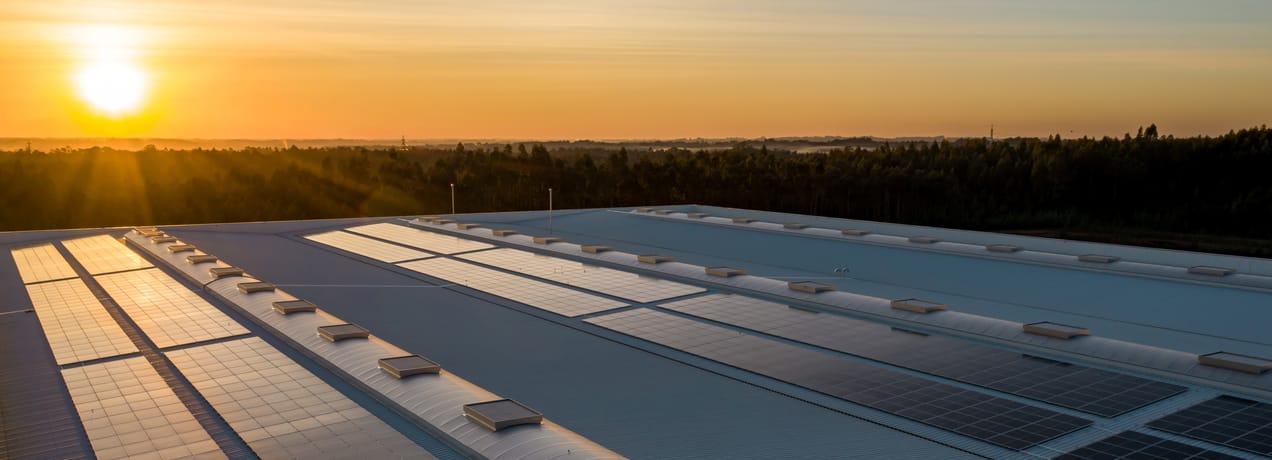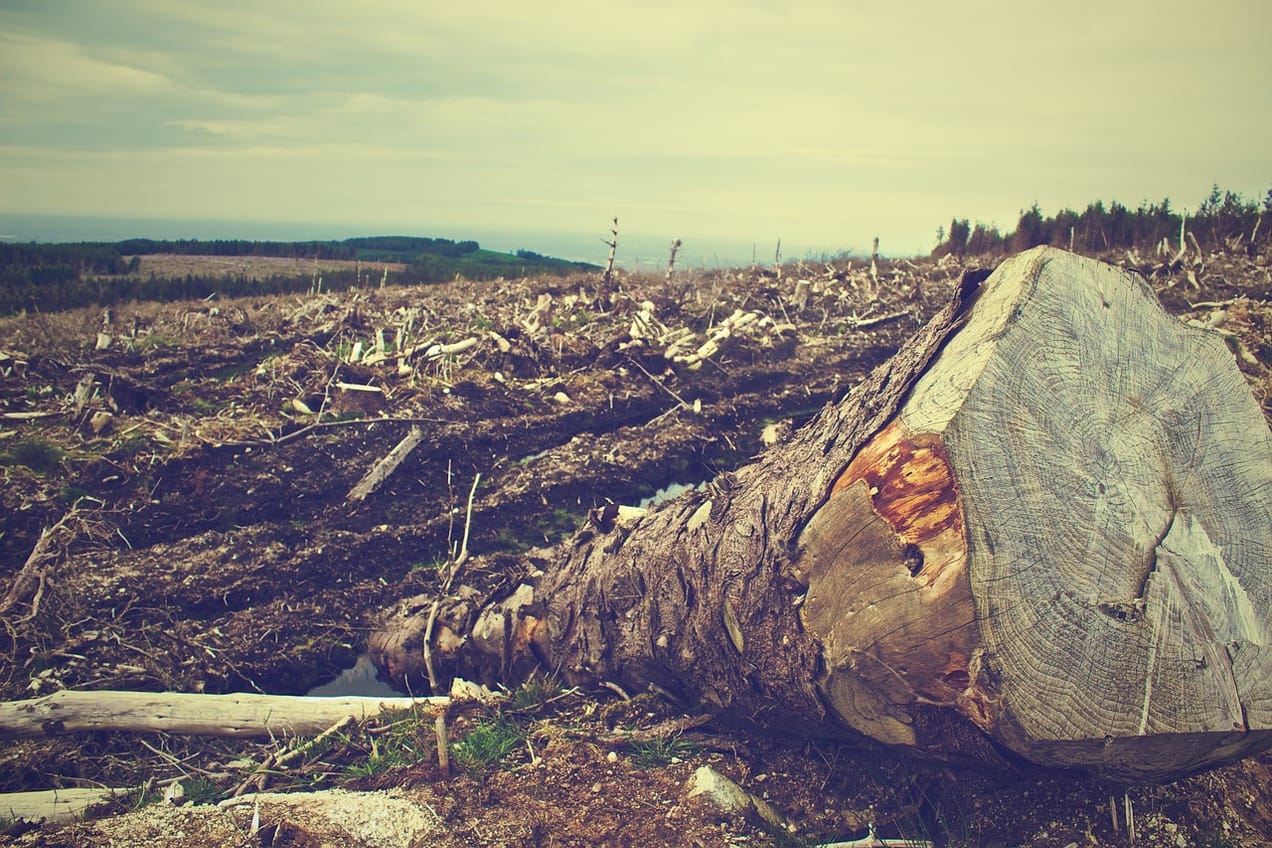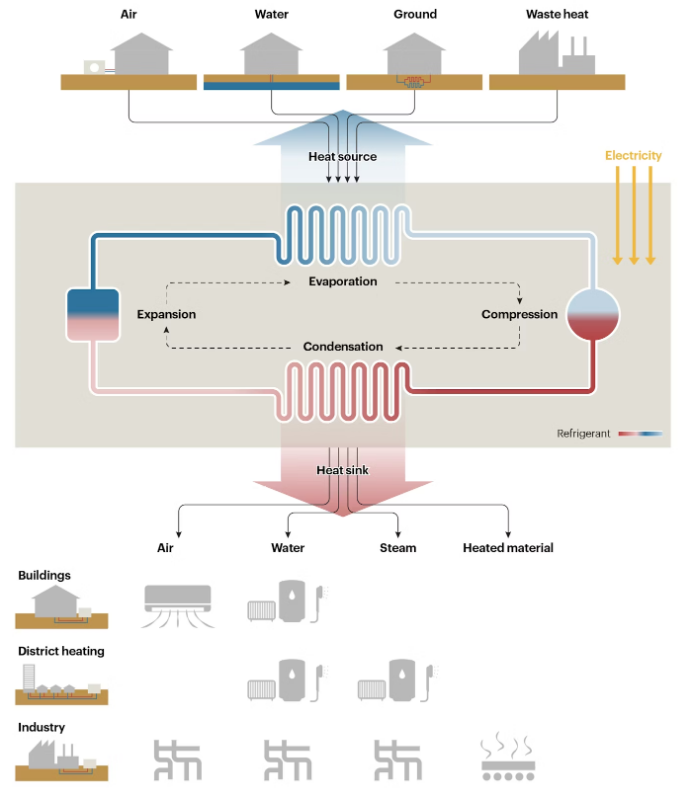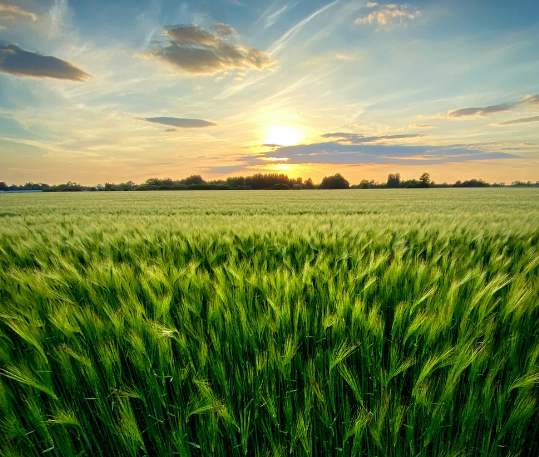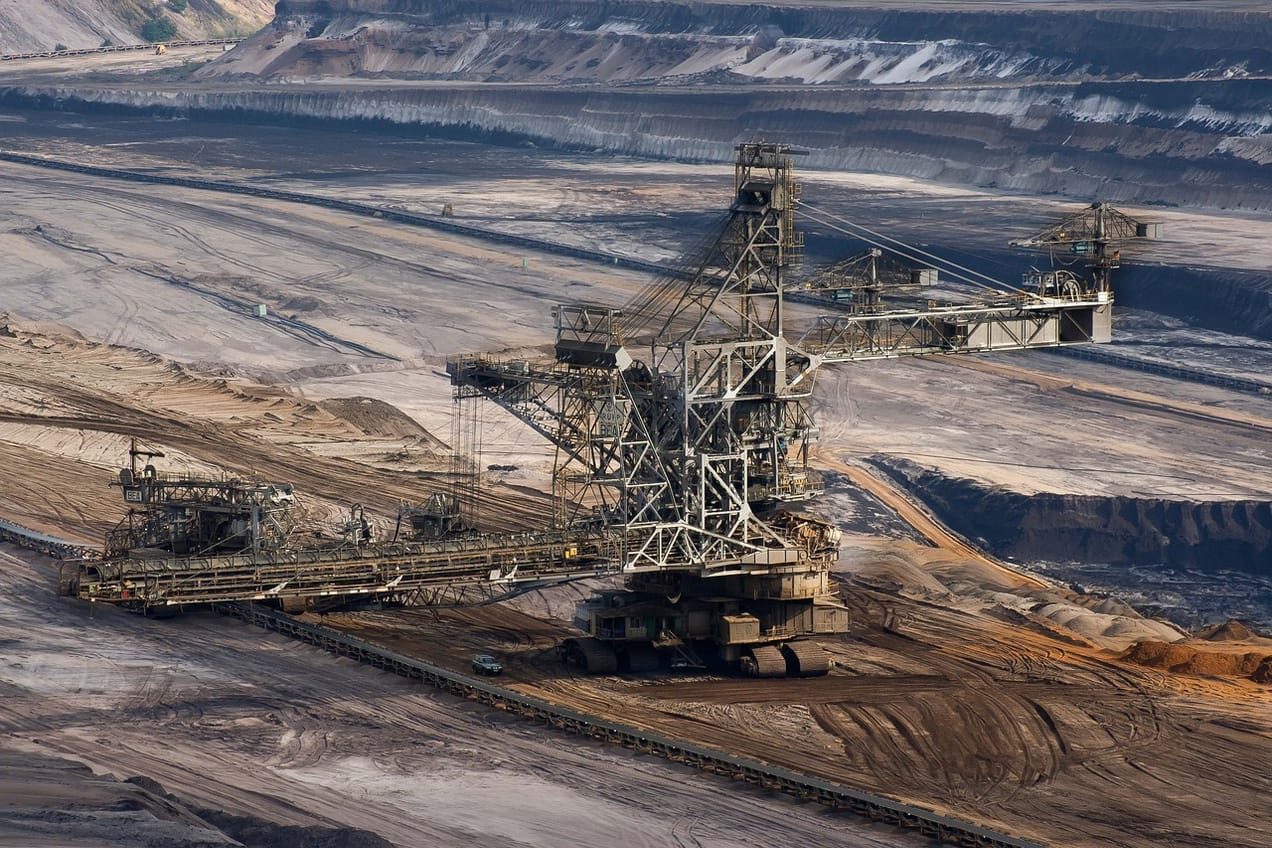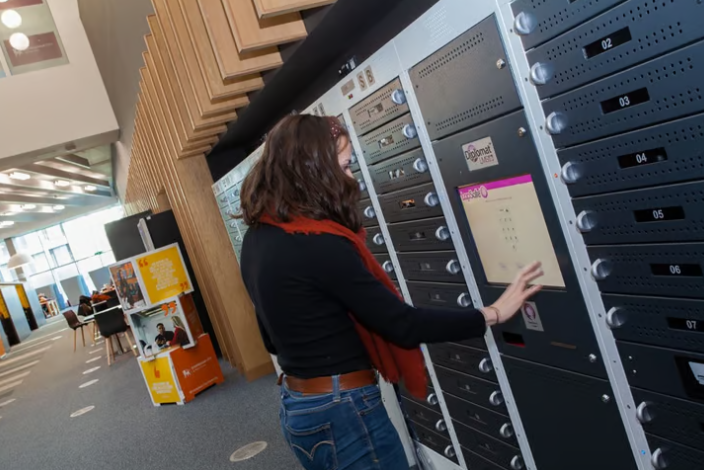Thematic Thoughts
Real world sustainability linked changes and what they might mean for companies and investors
If we cannot connect new renewables to the grid ...
New renewable electricity generation is only useful if it's actually connected to the grid. Without that 'simple action' none of us can use the electricity.
Deforestation - promises promises promises
Most people agree we need to halt and then reverse deforestation. This has been reflected in all sorts of pledges and commitments, the most high profile probably being from COP26 in 2021, where governments and companies promised to halt and reverse forest loss and land degradation by 2030. That all
Heating and the importance of systems thinking.
The Heat Pump Summit took place at the Blavatnik School of Government, University of Oxford on 10th April. Despite a long history of heat pump innovation and usage - the first large scale heat pump in the UK was in operation in 1945 in Norwich - household installed heat pumps
KlimaSeniorinnen, the Great Indian Bustard and Insurance.
A number of judgments were handed down last week that could have important implications for insurance, investing and project viability. The European Court of Human Rights ruled that Switzerland violated citizens' human rights by not doing enough to combat climate change. The court sided with over 2,000 Swiss
The allure of consensus
We all know that building consensus is the best way to drive change - but is it really? What if the consensus building approach is not the best way after all? Are there some cases where having a narrower but stronger support base is better? And what read across might
Industrial decarbonisation - it's not just about cheesemaking
The US Biden administration has recently announced up to $6 billion in funding for 33 projects intended to curb carbon pollution from industrial facilities, including steel mills, cement plants and an Illinois factory where Kraft Heinz makes its well known, at least in the US, Mac & Cheese (for some
Clean ammonia - the decarbonised future of fertiliser
We know we need to decarbonise ammonia production. There are already technical solutions, including electrification, and the use of green hydrogen as a feedstock. In most cases they are not yet financially comparable, but they seem to be getting closer. But in many situations decentralisation can also be a practical
Buying ethical and affordable chocolate is really hard
Those of you who celebrate Easter will have noticed that your easter egg has either got smaller or more expensive. But spare a thought for those who want to buy ethical chocolate - they have a different problem. How do you know your chocolate is ethical, and how much extra
Coal's (very) long goodbye
Bloomberg (republished in various newspapers) recently highlighted coal's recent period of resurgence, on the back of China's energy insecurity, rising Indian demand, the fallout of the Ukraine war, and "faltering international programs to wean developing economies off fossil fuels". If we go back a
Has Britain's diversity drive backfired?
We have recently seen 'DEI' come under fire, particularly in North America, but also in Europe. "Britain's diversity drive has backfired?" was the headline of a recent Telegraph article that caught our eye via a LinkedIn post from Paul Sesay. On 20 March 2024,
Temperature control is a key electricity demand driver
In Hannah Ritchie's recent Sustainability by numbers blog, she asks the question "what do American households use electricity for?" As many of you will know, Hannah is a data scientist and deputy editor and lead researcher at Our World in Data. She dives into data from
Facilitating inclusion
At a recent Australia and New Zealand Roadshow in London organised by the UK Department for Business and Trade, I met Denise Crouch and Jamie Crathern from LapSafe who talked passionately about their business. LapSafe provide smart lockers, trolleys and cabinets to organisations in the education, healthcare, manufacturing and other
